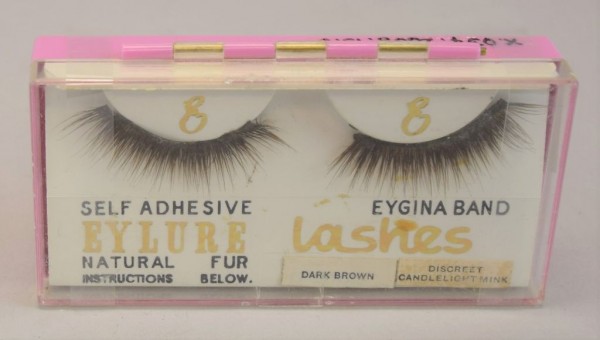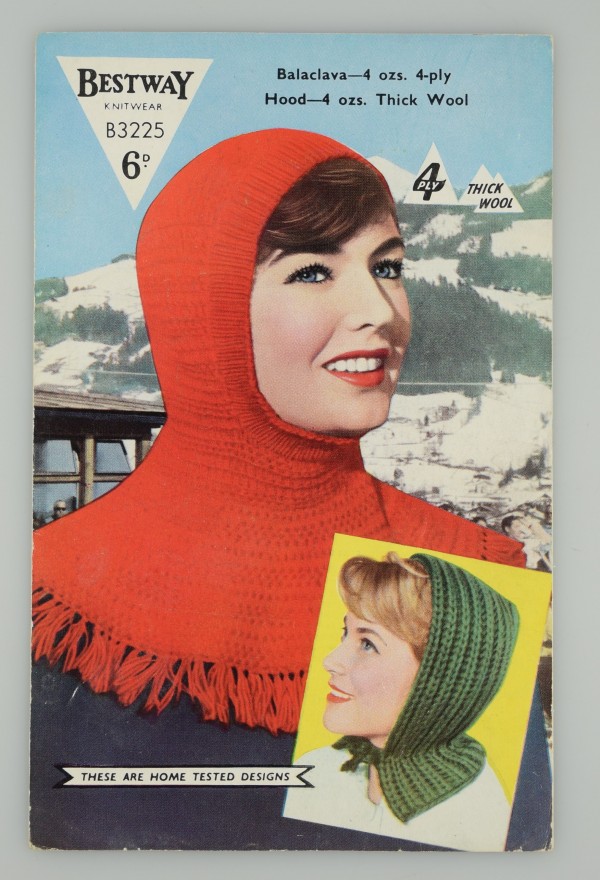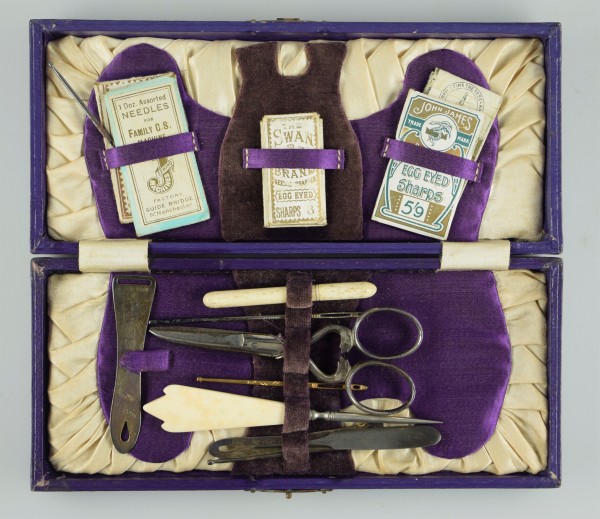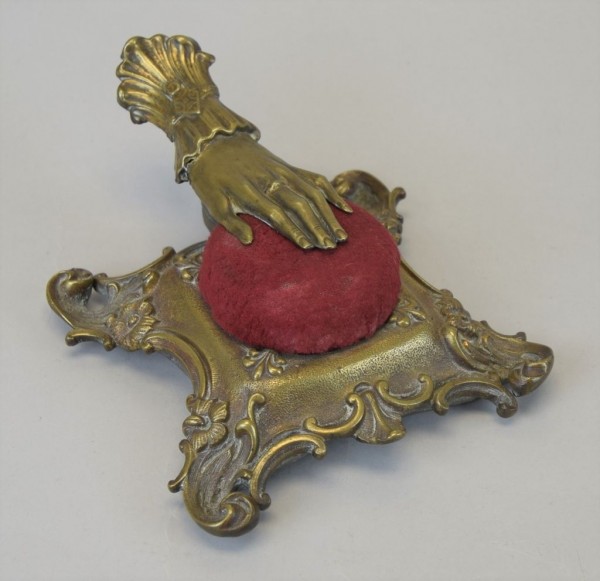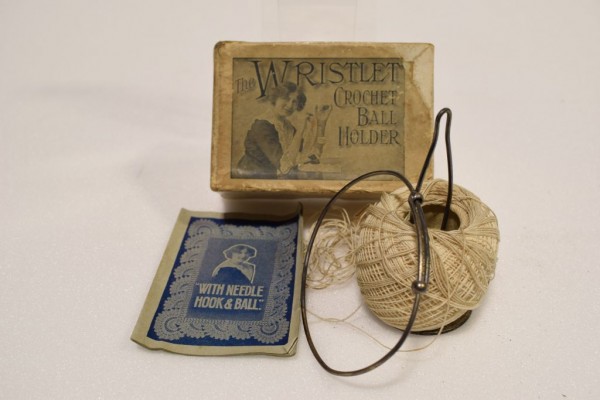Home & Family Life
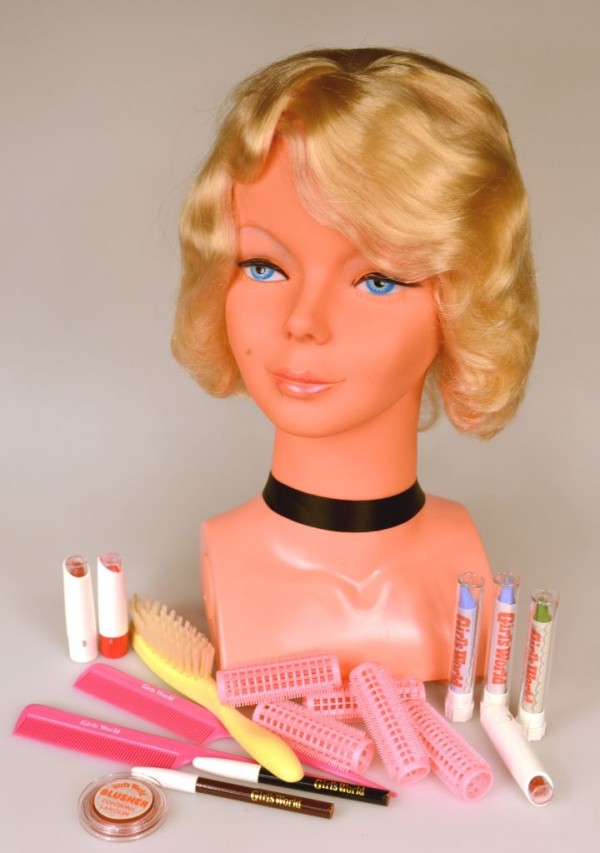
Keeping Up Appearances : Girl's World, Palitoy 1970s
Launched in the 1970s, Girl's World gave youngsters the chance to learn and practise make up and hairstyling skills on a life sized plastic doll's head. She came with lipsticks, eyeshadows, eyebrow pencils, blushers, false eyelashes, pink plastic hair rollers, hair grips, combs and a hair brush along with a book of instructions for different hair styles and fashion looks and an order form for a replacement make up set.

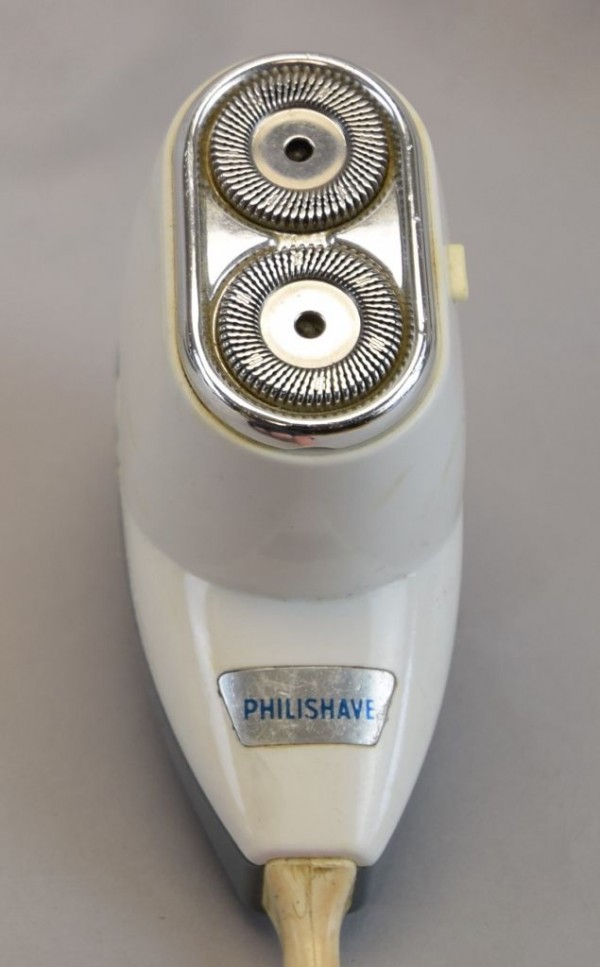
Keeping Up Appearances : Philishave Electric Shaver
Electric shavers simplified the routine of shaving, as they were designed to be used without water, soap or foam. The convenience made them popular from the mid-20th century onwards. Introduced in 1939, the Philishave was the first electric shaver to use rotating cutters.


Keeping Up Appearances : Dentures
Before widely available dental care, the only solution for toothache was usually extraction. Dentures or false teeth have been found that date back thousands of years but they were expensive and out of reach of most people. This all changed when a flexible rubber called Vulcanite was developed in the 1800s, meaning dentures became more affordable.

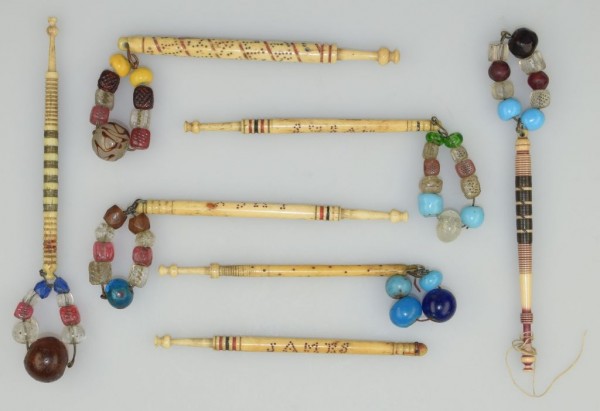
Homespun : Lace Bobbins.
Lacemaking was a cottage industry drive by the fashion for lace trimmings on clothing and accessories. Before the invention of a machine made lace (the first reliable machine was produced by John Heathcoat in Loughborough in 1809 and as reportedly the subject of a Luddite attack), much lace that was produced was bobbin lace. This was created using many threaded bobbins like these on a pillow to create the complex designs. These bobbins are made from bone and some have 'spangles', glass beads to make the bobbins heavier to keep the tension of the thread.


